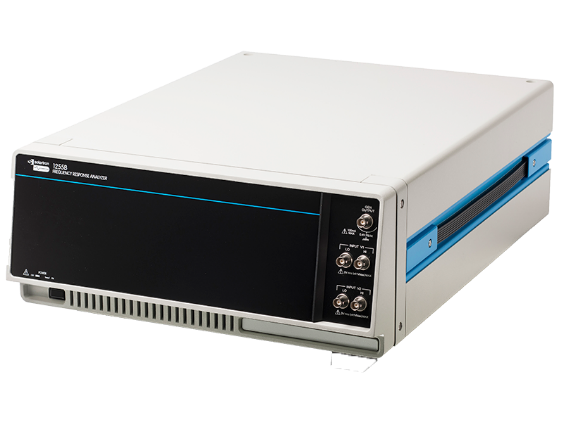

1255B Frequency Response Analyzer
Frequency Response Analysis (also referred to as Transfer Function Analysis) measures the output spectrum of a system relative to a stimulus, and is used to characterize the dynamics of the system under test. The technique measures the magnitude and phase relationship between output and input waveforms as a function of frequency. The input signals may be from a wide range of sensors including acoustic (microphones/sonar), mechanical (accelerometers/displacement transducers), optical (photodetectors), and electrical (amplifiers).
Applications that make use of this powerful technique include - electrochemical impedance spectroscopy (EIS), materials analysis, aerospace control system design, electronic amplifier design, power supply design, and vibration analysis.
- Wide frequency range from 1 MHz to 10 µHz
- Sine wave Voltage generator to 3 V RMS and ± 40.95 V DC
- Two (2) Voltage measurement channels to 5 V peak
- Able to perform DC potentiotstatic and galvanostatic experiments with 1287A Electrochemical Interface
- Impedance range from 100 mOhm to 100 TOhm, with the 1296A Dielectric Interface



